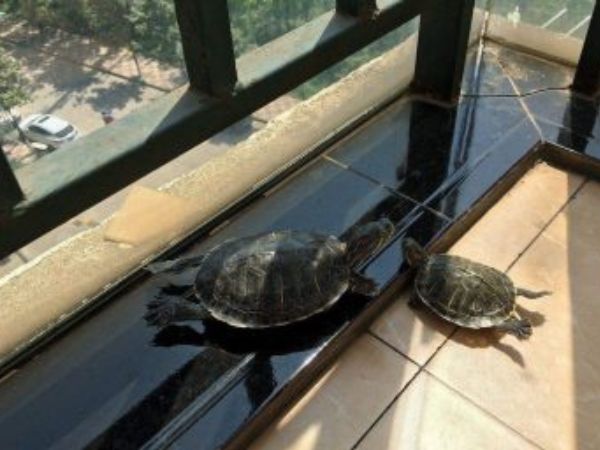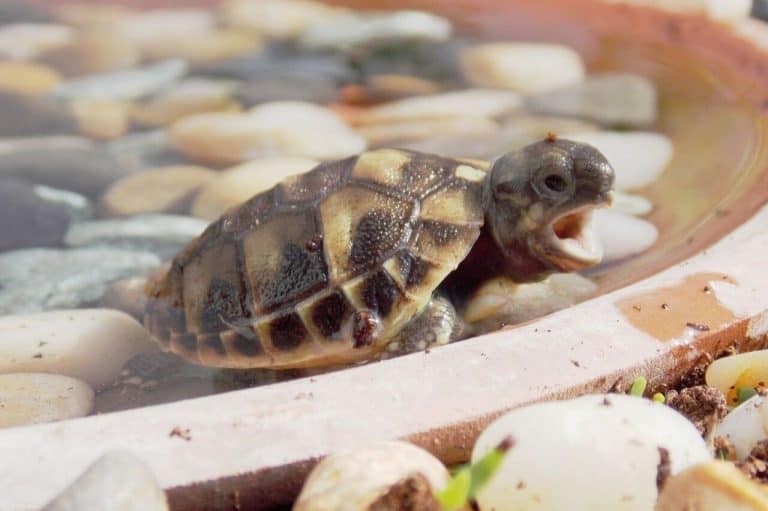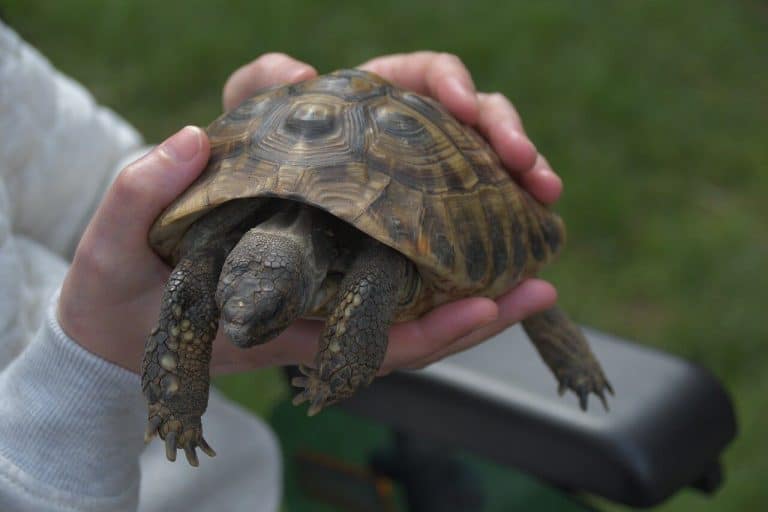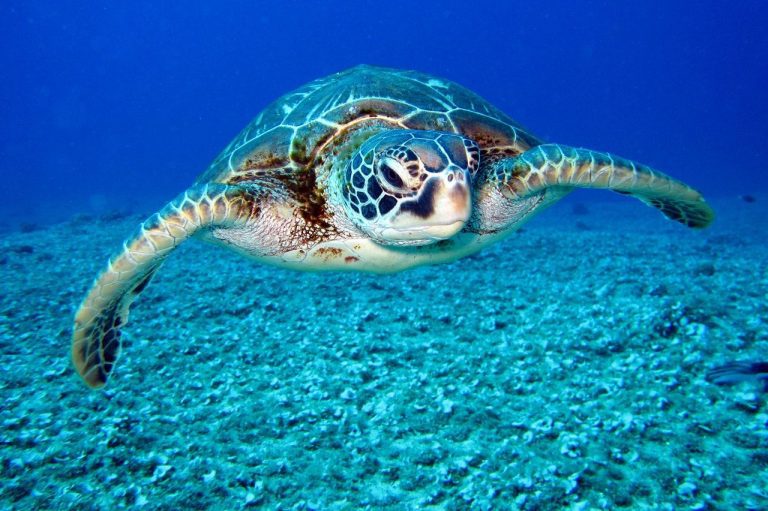What Kills Turtles In A Pond?
Today we discuss What Kills Turtles In A Pond. Turtles are ectothermic reptiles that are well-adapted to aquatic environments. In pond ecosystems, turtles serve as essential components of the food chain, consuming algae, plants, insects, and even small fish. They also play a crucial role in nutrient cycling and maintaining the ecological balance of ponds.
What Kills Turtles In A Pond:
Habitat Loss and Degradation:
One of the primary threats to turtles in pond ecosystems is habitat loss and degradation. Human activities such as urbanization, agriculture, and pollution can destroy or disrupt turtle habitats. When ponds are drained or filled in, turtles lose their breeding and foraging grounds, leading to population declines.
Pollution:
Pollution poses a significant risk to turtles in ponds. Chemical contaminants from agricultural runoff, industrial discharges, and household products can contaminate the water and sediment, affecting the health of turtles. Pollution can weaken turtles’ immune systems, disrupt their reproductive cycles, and even cause direct toxicity.
Climate Change:
Climate change is another pressing threat to turtles in pond ecosystems. Rising temperatures can alter nesting sites and hatchling sex ratios, leading to skewed populations. Moreover, extreme weather events such as droughts and floods can directly impact turtle survival rates and food availability in ponds.
Invasive Species:
The introduction of invasive species can have devastating effects on pond turtles. Predatory species like bullfrogs and largemouth bass can prey on turtle eggs, hatchlings, and adults. Invasive plants such as water hyacinths can outcompete native vegetation, reducing habitat quality for turtles.
Disease:
Disease outbreaks can decimate turtle populations in ponds. Pathogens such as Ranavirus and Herpesvirus can cause mass die-offs among turtles. Additionally, parasites like leeches and nematodes can weaken turtles and make them more susceptible to other threats.
Predation:
Predation is a natural threat that turtles face in pond ecosystems. Common predators of turtles include raccoons, otters, birds of prey, and some fish species. While predation is a natural process, human-induced changes to predator populations can intensify the pressure on turtle populations.
Illegal Harvesting:
Illegal harvesting of turtles for the pet trade or traditional medicine is a significant concern for conservationists. Overexploitation can deplete turtle populations rapidly, especially species with slow growth rates and late maturation. Efforts to combat illegal harvesting through legislation and enforcement are crucial for turtle conservation.
Conservation Efforts:
Several conservation strategies can help protect turtles in pond ecosystems. Habitat restoration projects, pollution control measures, invasive species management, captive breeding programs, and public education initiatives are essential for safeguarding turtle populations. By raising awareness about the threats facing pond turtles, we can mobilize support for their conservation.
Conclusion
turtles in pond ecosystems face a myriad of threats that jeopardize their survival. By addressing issues such as habitat loss, pollution, climate change, invasive species, disease, predation, and illegal harvesting, we can work towards ensuring a secure future for these ancient reptiles. Through collective action and conservation efforts, we can protect pond turtles and preserve the ecological integrity of our freshwater habitats.



